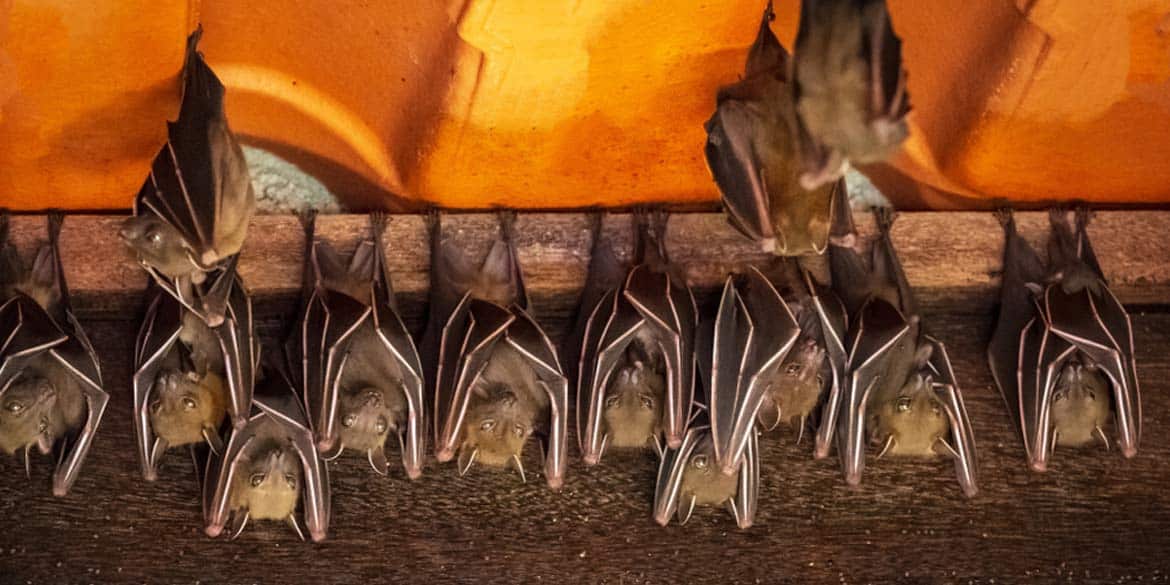
Read on to find out how to spot signs of bats, problems that could arise from their presence, and what to do if you suspect bats are sharing your home but you want to proceed with building works…..
If you’re planning on renovating or converting your home and bats are in situ, or you discover bats after building works have commenced, you must stop works, report their presence to the relevant statutory nature conservation organisation (SNCO) and take advice immediately.
SNCO’s include organisations such as The Forestry Commission, The Environment agency, Natural England, Scottish Natural Heritage, Natural Resources Wales and the Department of Agriculture, environment and rural affairs.
The law requires that you must give special consideration to bats but their presence doesn’t necessarily mean you can’t complete your renovation. Planning authorities have legislation built into their planning policies relating to bats and licences can be granted to permit development, including major works or minor home repairs that might affect bats or their roosts, to proceed legally.
If our surveyors spot signs of bats when conducting a building survey, condition report or ad hock inspection at your home, they will let you know and advise you of the impact their presence may have on any planned renovation or conversion works regarding the affected area, along with where to report it. You can find a licenced bat consultants from the Chartered Institute of Ecology and environmental management’s professional directory – just search for bat surveys.
Droppings and odour are the biggest giveaway that bats are sharing your home. It’s worth noting that bats will not nibble or gnaw at wood, wires or insulation – so if you see signs of this, your problem lies elsewhere, likely in the form of rodents.
May to September is peak bat season in the UK and depending on the species they either like small crevices or large open spaces but generally like to live in clean, cobweb free areas with no draughts. They are often found in attics, roofing felt, fascia boards, wood cladding, cellars, porches, window sills and between hanging tiles. As such small animals, a space of just 2 cm is needed for a bat to enter your home.
The number of bats and the length of time that they have been in residence will affect how much damage can be caused, or how long their presence will hold up your planned works.
The biggest problem will be their droppings which will need to be cleaned up. The average bat defecates 20-30 times a day, which can quickly add up! It is the disease and parasites that come from this waste that need to be considered, as a build of up waste can cause mould and bacteria to grow which could eventually become a health risk if the diseases become airborne from disturbances to the area.
Although large bat colonies are extremely uncommon in standard homes and more likely to be found in disused barns or churches, if left for extended periods of time, the weight of the droppings could in theory collapse dry wall or sheetrock ceilings so it’s always best to seek advice as soon as you discover bats in your property.
| Good to know: Bats are seasonal visitors to buildings so are unlikely to occupy your home all year round and female bats usually only have one baby a year. They are clean and sociable animals that eat insects – so are great natural pest controllers! The risk of rabies from UK bats is extremely small and is only spread through bite or scratch from an infected bat so there is no risk of rabies unless you handle a bat.
Our advice to homeowners that find bats or signs of bats in their home is to contact the relevant statutory nature conservation organisation (SNCO) for advice in the first instance and consider a specialist bat survey too.
If our surveyors spot signs of bats when conducting a building survey, condition report or ad hock inspection at your home, they will let you know and advise you of the impact it may have on any planned renovation or conversion works regarding the affected area and where to report it and apply for licences to allow you to proceed with planned works legally.
To find out more about bats visit the bat conservation trust.
……